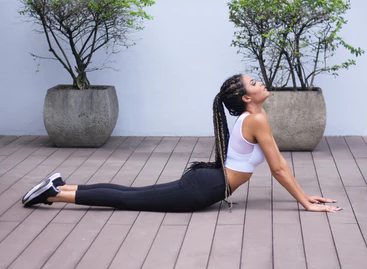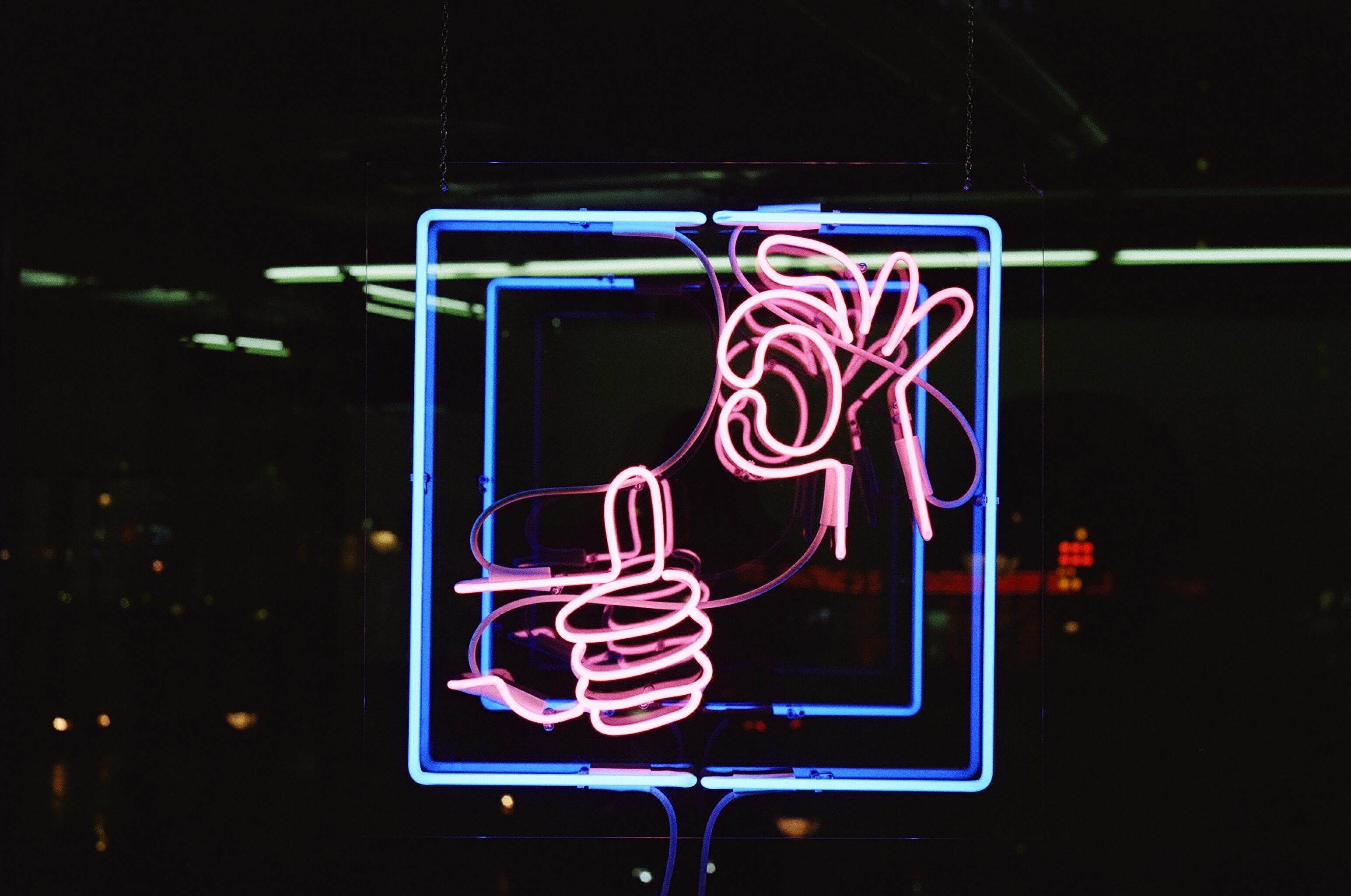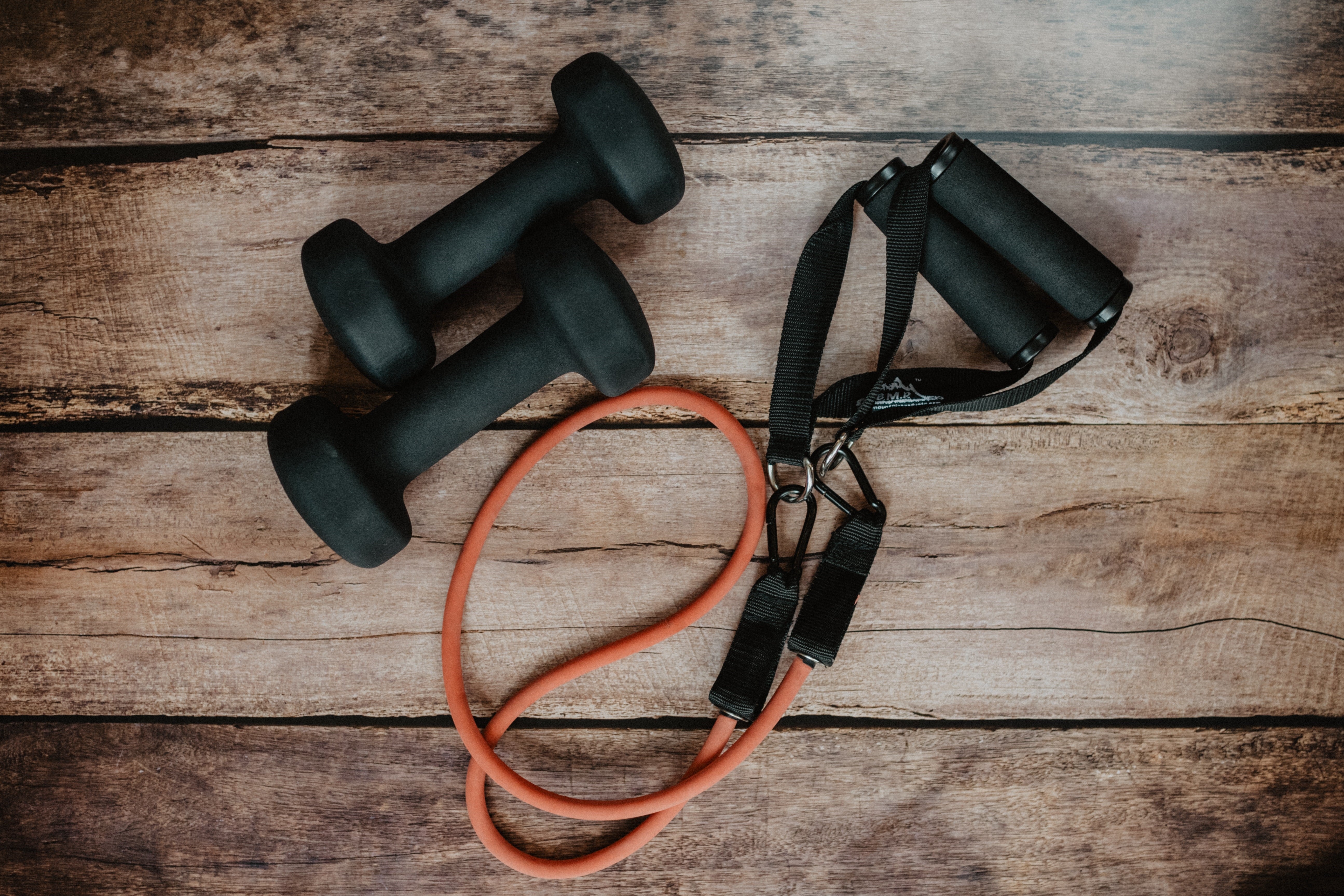
Top 5 Ways to Recover and Reduce Soreness

Whether you’re an avid fitness enthusiast or a complete beginner, recovering from muscle soreness is all but a necessity after a workout.
While the level of soreness you experience depends on several factors including but not limited to intensity level, workout duration, recovery approach, and experience level, it’s all but inevitably a part of exercising and remaining physically active.
Muscle soreness is not necessarily a negative thing either. While it may be a sign of overtraining and although it’s important to listen to your body, it isn’t always a signal to stop and rest. In fact, it’s more likely a sign of muscular growth, repair, and progress.
Further, however medial and leisurely, continued movement is a surefire way to promote blood flow and thus recovery, especially in the face of muscle soreness…
With all of that being said, in what follows, we’ll be diving into detail about muscle soreness, particularly delayed onset muscle soreness from exercise, and how YOU can begin to deal with it so as to optimize recovery and performance.
5 Ways to Recover and Deal with Soreness
With several tools, tips, and tactics available for dealing with muscle soreness and promoting recovery, it can be difficult to choose which ones to prioritize. While in a perfect world one would implement and stick to every single tool, tip, and tactic out there, it’s understandable, however, that this isn’t always possible.
There are, however, a number of ways for dealing with muscle soreness that SHOULD be implemented and in what follows, they’re exactly the ways we’ll be placing emphasis on.
While some of them might seem quite commonsensical, even trivial at times, you’d be surprised at how many fail to use them to their advantage. With that said, below are the top five ways for dealing with muscle soreness from exercise.
Warm Up and Stretch
Being mobile and flexible is not only imperative to movement but to one's overall health, longevity, and performance. In order for your muscles and joints to move with fluidity, pain-free, and without limitation from soreness, one must implement a consistent stretching regimen.
While it doesn’t need to be an elaborate regimen, stretching should be an active part of an active person’s life.
So, when do you stretch you ask?! Although there are optimal times to do so,
whenever you can squeeze it in, you should. With that said, in order to reduce or prevent muscle soreness from exercise, it’s important to, at the very least, warm up dynamically pre-workout, intermittently stretch intra-workout, and statically cool down post-workout.
Hydrate, Hydrate, Hydrate!
While most of us understand the importance of hydration in a primitive sense, very few lack the knowledge of how important it truly is…
For starters, hydration doesn’t just comprise of water consumption but rather sodium and electrolyte consumption as well. In other words, it’s not enough to just drink water to stay hydrated. Instead, our bodies require a level of sodium to retain the water we are consuming in order to stay truly hydrated.
Withstanding its many benefits, optimal hydration promotes the optimization of performance, the lubrication of joints, and thus, the management and prevention of muscle soreness.
Prioritize Protein Consumption
Often referred to as the building blocks of life, protein is a key component of any diet, however, particularly for those who live an active lifestyle. As an essential macronutrient, protein plays a primary role in the development and repair of muscular size and strength.
Through the promotion of muscular recovery, protein consumption acts as a defence against muscle soreness from exercise, whilst providing you with the necessary energy and physiological requirements for peak performance.
While everyone’s nutritional demands are different, depending on a myriad of factors inclusive of age, activity level, height, weight, and sex, those who do live an active lifestyle should seek to consume upwards of 1-1.5 grams of protein per pound of bodyweight to ensure optimal recovery.
Contrast Therapy
Otherwise known as hot & cold therapy, contrast therapy is an incredibly effective modality for recovery, particularly as a means for reducing, managing, and preventing delayed onset muscle soreness from exercise.
Most commonly executed using both a sauna and cold plunge, contrast therapy has been shown to provide a plethora of health and wellness benefits. While each on its own provides incredible advantages in its own right, when combined in unison, results are undeniable.
In relation to its many benefits inclusive of mood and hormonal improvements, inflammatory and fat reductions, and energy level increases, contrast therapy does an incredible job promoting physical recovery, ultimately reducing or preventing altogether muscle soreness from exercise.
Rest, Recover, & Relax
Finally, while it’s not always the optimal solution depending on where you’re at in your training cycle, we all need a little R&R every once in a while, especially as active individuals.
Rest and recovery require a multifaceted strategic approach comprised of scheduling rest days and listening to your body. Similarly, often confused with rest, recovery doesn’t always require an entire “off-day”. instead, prioritizing active recovery days comprising less-intensive activity is just as important as prioritizing total rest days.
Similarly, sleep is also an often overlooked tool when it comes to recovery and soreness prevention. On the contrary, sleep is arguably the most effective tool that we have in our toolbox for optimizing health and promoting recovery.
Other alternative ways to deal with muscle soreness from exercise include chiropractic therapy, acupuncture treatment, supplementation, and massage therapy. Unfortunately, many don’t have the means to afford frequent therapies…
Lucky for you, here at Redge Fit, we’re launching our very own massage gun so that you don’t have to worry about booking several one-hour sessions at a massage therapy clinic! Keep an eye out for more surrounding its features and release date…
For now, be sure to explore our website to shop our many fitness and recovery tools!
Final Thoughts
Although it takes many forms, recovery is imperative not only to performance but to the management and prevention of muscle soreness, particularly from physical activity and exercise.
By implementing the above tools, tips, and tactics regarding how to deal with such soreness, you’ll be well on your way to feeling fresh, both before, during, and after each and every workout.
Not to mention, while each of the strategies discussed above primarily centers around muscular soreness and recovery, many boast several other direct and indirect health benefits that you’ll be more than happy to experience as a result.






